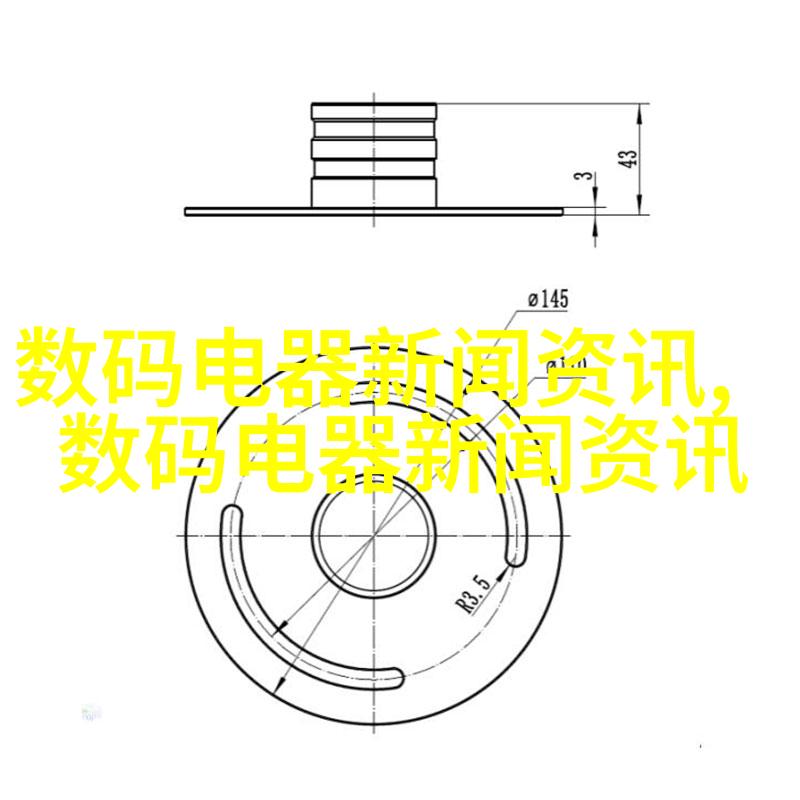
The Difference Between LCD and LED TVs What You Ne
What is LCD TV?

LCD, or Liquid Crystal Display, is a type of flat-panel display that uses liquid crystals to block or allow light to pass through a matrix of pixels on the screen. In the context of television, an LCD TV refers to a television that uses an LCD panel as its display technology.
How Does it Work?

An LCD TV works by shining a backlight through the liquid crystals in each pixel. The liquid crystals block or allow different amounts of light to pass through, depending on their alignment. This creates images on the screen by selectively blocking or allowing light to reach certain areas.
What is LED TV?

LED TV does not actually use LEDs for lighting; instead, it uses an array of white LEDs behind the backlight panel to illuminate the liquid crystal layer. This allows for better contrast and color accuracy compared with traditional CCFL (cold-cathode fluorescent lamp) backlights used in older LCD TVs.
Key Differences Between LCD and LED TVs

Backlight Technology
CCFL vs LEDs: Traditional CCFLs emit yellowish-white light which can cause color shifts when passed through multiple layers in an LCD panel. On the other hand, LEDs produce pure white light that doesn't degrade over time.
Local Dimming: LED TVs often come with local dimming feature which allows specific zones within the backlight array be turned off completely or reduced brightness independently based on content displayed on those zones leading better contrast ratios and black levels compared with non-local-dimming CCFL-backlit displays.

Energy Efficiency
Power Consumption: Because they typically use less power than traditional CRTs (cathode ray tubes), both types are considered more energy-efficient options.
Lifespan: However, some argue that plasma screens have longer lifespans due their simpler design requiring fewer components prone failure but this depends individual model quality & usage conditions
Viewing Angle
Both types offer good viewing angles - however - OLED panels generally outperform them because they don't suffer from limitations imposed by polarized filters found in most modern televisions
OLED screens tend maintain vivid colors even at extreme angles while maintaining high contrast ratio whereas both LCDS may experience degradation particularly noticeable drop-off in brightness
Price Points
Generally speaking prices range from budget-friendly entry-level models up ultra-high-end top-of-the-line sets across all three categories: Plasma/CCD/OLED
Price points vary widely depending factors like size resolution brand features input lag response time connectivity options etcetera
In conclusion though there are differences between these technologies one thing remains constant: advances continue coming rapidly driving down costs improving picture quality offering consumers wider choices than ever before so if you're considering upgrading your home theater setup now's great time explore possibilities!


